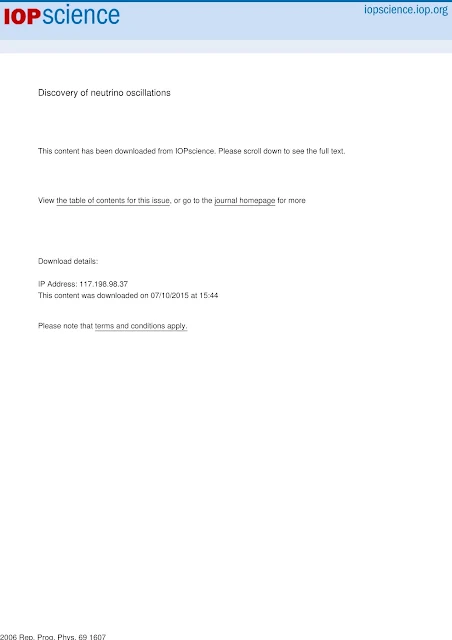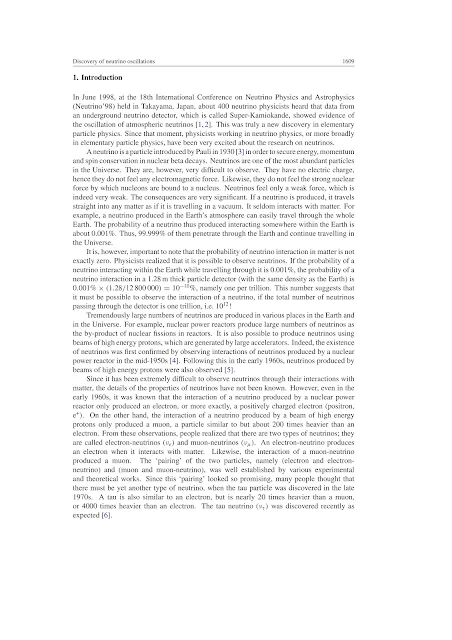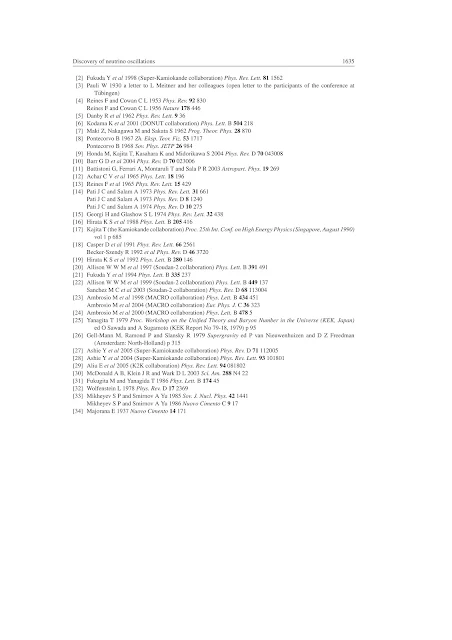Friday, 1 January 2016
Thursday, 31 December 2015
Monday, 30 November 2015
Pentaquarks: An Exotic Particle Discovered by LHC
CERN announced the discovery of the “pentaquark” — a collection of five quarks bound together to form an exotic state of matter, a particle that has been theorized for some time but other experiments have had a hard time nailing down a true detection.
NEWS: LHC Restarts High-Energy Quest for Exotic Physics
The pentaquark is not just any new particle, It represents a way to aggregate quarks, namely the fundamental constituents of ordinary protons and neutrons, in a pattern that has never been observed before in over fifty years of experimental searches. Studying its properties may allow us to understand better how ordinary matter, the protons and neutrons from which we’re all made, is constituted.
Quarks are the subatomic constituents of regular particles, called hadrons. Hadrons come in two varieties, baryons (which contain 3 quarks) and mesons (which contain 2 quarks). Protons and neutrons are baryons where, for example, a proton is composed of 2 “up” quarks and 1 “down” quark; a neutron has 2 “down” quarks and 1 “up” quark.
But in the 1960′s, theorists realized that the Standard Model also allows the formation of 5 quarks in the same particle, known as a pentaquark. But experimental searches for this elusive 5-quark particle kept drawing blanks and any vaguely positive detection was quickly shot down by follow-up experiments.
NEWS: After Higgs, Supercharged LHC to Probe Physics Frontier
Now, a strong signal in the LHCb detector has led to the pentaquark’s discovery. LHCb physicists examined the decay of a baryon known as Lambda b (Λb) into 3 other particles, the J-psi (J/ψ-), a proton and a charged kaon. By using the highly sensitive detector to characterize the masses of these decay products, the physicists were able to see that intermediate states were sometimes involved in their production. They named these intermediate states Pc(4450)+ and Pc(4380)+ and indicate that pentaquarks are at play.
In a nutshell, the physicists noticed a signal emerge from the post-collision noise of particles. This signal, or “excess,” indicated the creation of J/ψ-, protons and kaon in quantities predicted by theories surrounding subatomic decay processes that involve pentaquarks. The decay particles acted as a “fingerprint” of sorts.
“More precisely the states must be formed of two ‘up’ quarks, one ‘down’ quark, one ‘charm’ quark and one ‘anti-charm’ quark.”
NEWS: Particle Slam! LHC Restarts (Low-Energy) Proton Collisions
Although their decay signatures have been found, there’s still some ambiguity as to their configuration. Are the quarks all bound together as a 5-quark particle? Or is there a 3-quark particle (baryon) and a 2-quark particle (meson) interacting together to form a 5-quark “molecule”?
“The quarks could be tightly bound,” said Liming Zhang, LHCb physicist from Tsinghua University, “or they could be loosely bound in a sort of meson-baryon molecule, in which the meson and baryon feel a residual strong force similar to the one binding protons and neutrons to form nuclei.”
For now, the pentaquark’s configuration isn’t exactly known, but what is known is that it exists, and the newly-upgraded LHC will continue to examine its signal, revealing more detail behind the nature of this elusive particle.
Source: http://news.discovery.com/ JUL 14, 2015
NEWS: LHC Restarts High-Energy Quest for Exotic Physics
The pentaquark is not just any new particle, It represents a way to aggregate quarks, namely the fundamental constituents of ordinary protons and neutrons, in a pattern that has never been observed before in over fifty years of experimental searches. Studying its properties may allow us to understand better how ordinary matter, the protons and neutrons from which we’re all made, is constituted.
Quarks are the subatomic constituents of regular particles, called hadrons. Hadrons come in two varieties, baryons (which contain 3 quarks) and mesons (which contain 2 quarks). Protons and neutrons are baryons where, for example, a proton is composed of 2 “up” quarks and 1 “down” quark; a neutron has 2 “down” quarks and 1 “up” quark.
But in the 1960′s, theorists realized that the Standard Model also allows the formation of 5 quarks in the same particle, known as a pentaquark. But experimental searches for this elusive 5-quark particle kept drawing blanks and any vaguely positive detection was quickly shot down by follow-up experiments.
NEWS: After Higgs, Supercharged LHC to Probe Physics Frontier
Now, a strong signal in the LHCb detector has led to the pentaquark’s discovery. LHCb physicists examined the decay of a baryon known as Lambda b (Λb) into 3 other particles, the J-psi (J/ψ-), a proton and a charged kaon. By using the highly sensitive detector to characterize the masses of these decay products, the physicists were able to see that intermediate states were sometimes involved in their production. They named these intermediate states Pc(4450)+ and Pc(4380)+ and indicate that pentaquarks are at play.
In a nutshell, the physicists noticed a signal emerge from the post-collision noise of particles. This signal, or “excess,” indicated the creation of J/ψ-, protons and kaon in quantities predicted by theories surrounding subatomic decay processes that involve pentaquarks. The decay particles acted as a “fingerprint” of sorts.
“More precisely the states must be formed of two ‘up’ quarks, one ‘down’ quark, one ‘charm’ quark and one ‘anti-charm’ quark.”
Computer
model of a baryon and meson bonded to form an alternate form of the 5-quark
pentaquark.
NEWS: Particle Slam! LHC Restarts (Low-Energy) Proton Collisions
Although their decay signatures have been found, there’s still some ambiguity as to their configuration. Are the quarks all bound together as a 5-quark particle? Or is there a 3-quark particle (baryon) and a 2-quark particle (meson) interacting together to form a 5-quark “molecule”?
“The quarks could be tightly bound,” said Liming Zhang, LHCb physicist from Tsinghua University, “or they could be loosely bound in a sort of meson-baryon molecule, in which the meson and baryon feel a residual strong force similar to the one binding protons and neutrons to form nuclei.”
For now, the pentaquark’s configuration isn’t exactly known, but what is known is that it exists, and the newly-upgraded LHC will continue to examine its signal, revealing more detail behind the nature of this elusive particle.
Source: http://news.discovery.com/ JUL 14, 2015
Subscribe to:
Posts (Atom)

















































